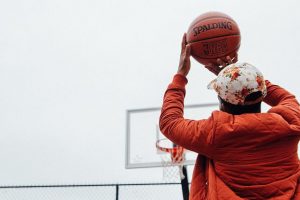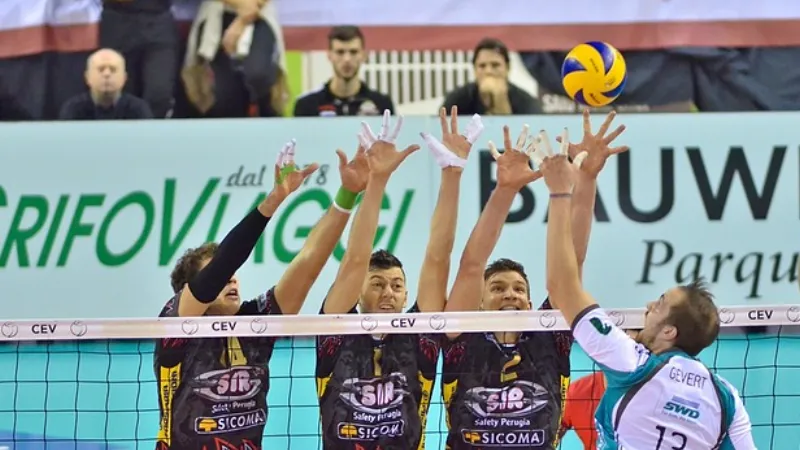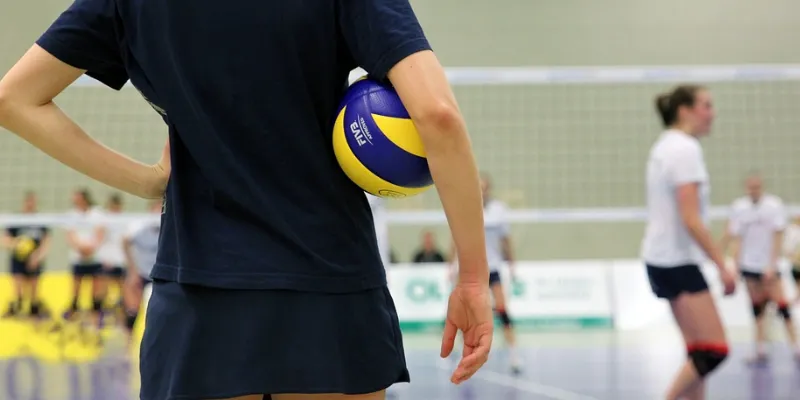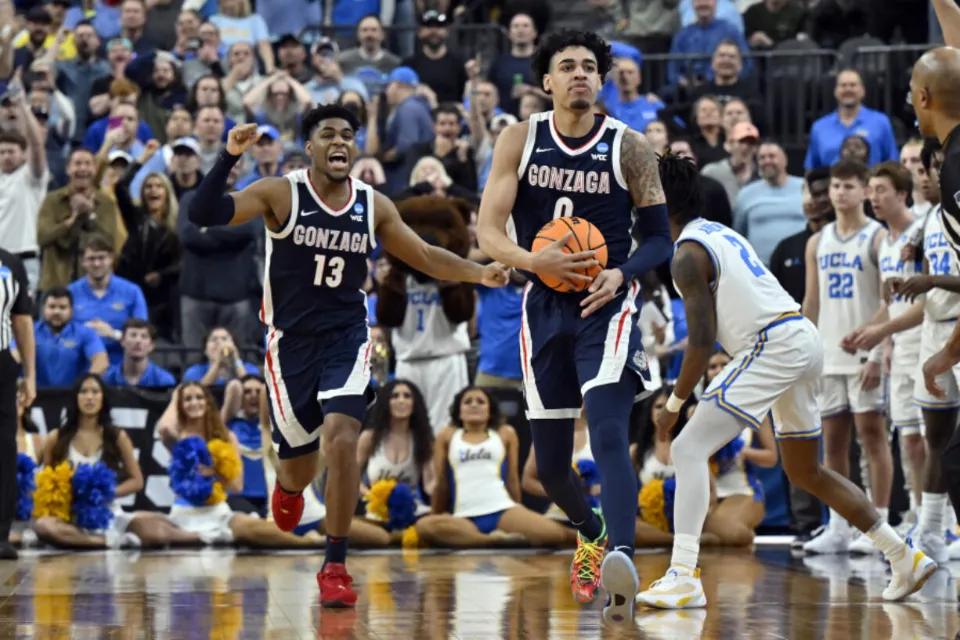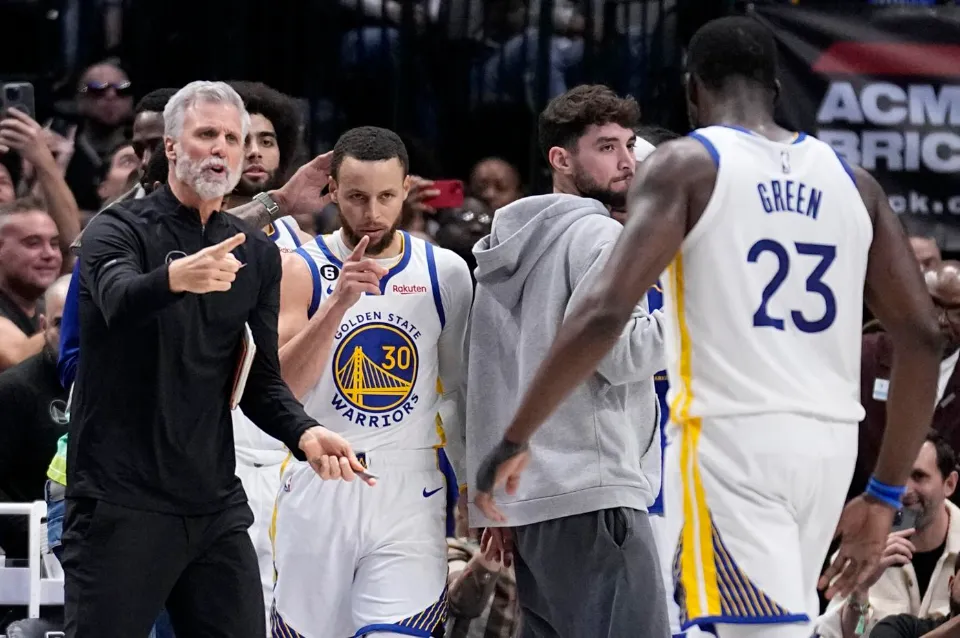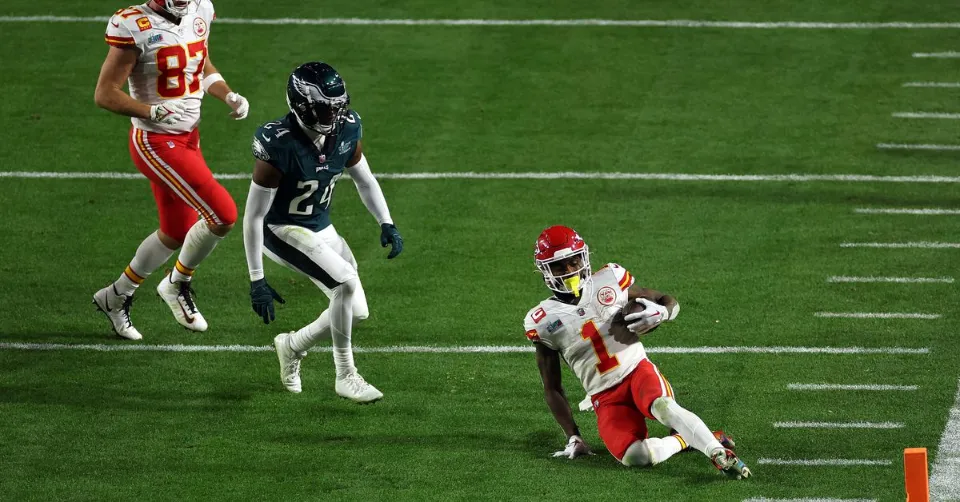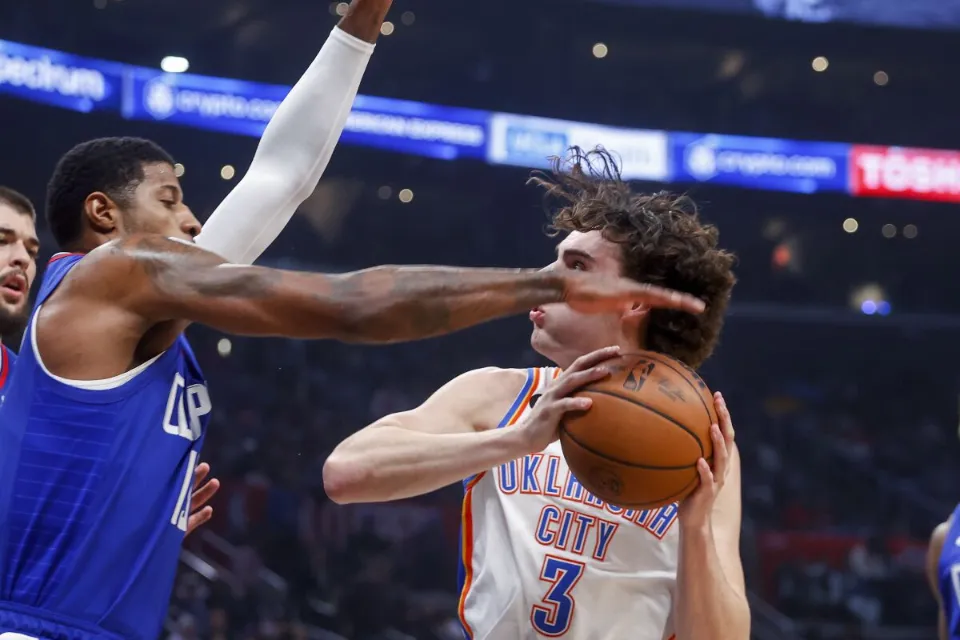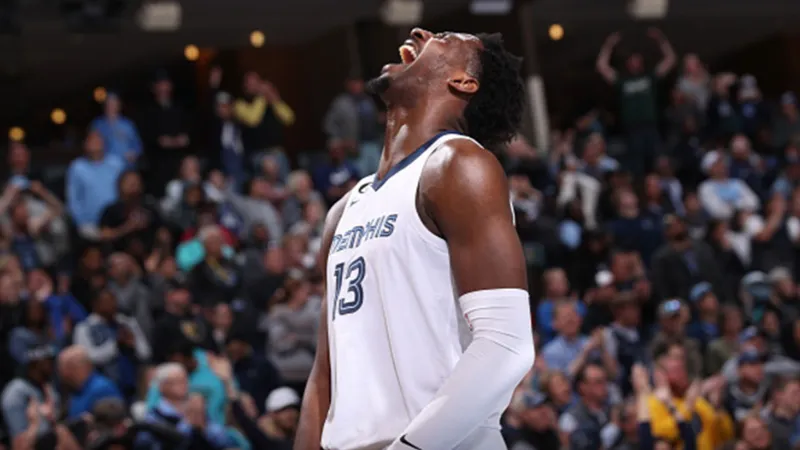The Weak Side In Basketball: What Is It? A Quick guide
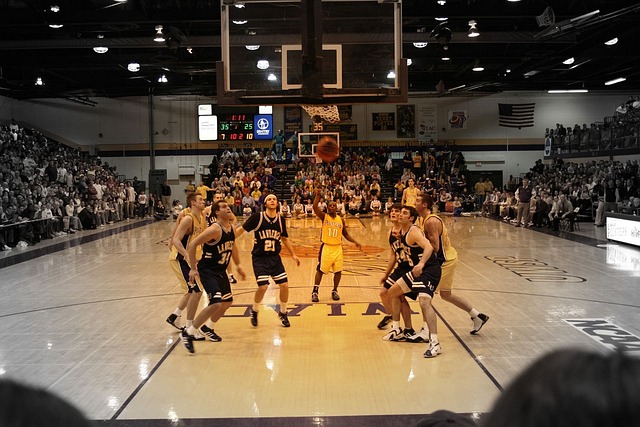
The weak side in basketball is the left side or right side of the court that is opposite the location of the ball, which also typically contains at least one or more offensive players as well as at least one or more defensive players.
For instance, if an offensive player in the frontcourt receives the ball at the top and then passes it to another offensive player on the right wing, the left side of the court is now the weak side.
In addition, the strong side or the ball side is the side of the court that is across from the weak side and where the ball is currently located.
Simply put, the strong side and weak side are different in that the strong side is opposite away from the ball and the weak side contains the ball.
For more information, keep reading.
Table of Contents
General Actions That Offensive Players Could Implement On The Weak Side
Basketball Cuts
Basketball cuts like the backdoor cut and the drift cut can be executed by offensive players on the weak side when the ball is on the strong side.
Backdoor Cut
A backdoor cut typically involves an offensive player without the ball taking a quick step in the direction of an offensive player with the ball before cutting to the basket.
An offensive player near the weak side corner or weak side wing, for instance, could make a backdoor cut to the basket, catch the ball, and then score with a layup or dunk.
Drift Cut
When an offensive player is not in possession of the ball and moves from the weak side wing to the weak side corner, this is known as a drift cut.
Following the drift cut, the offensive player could receive the ball and potentially attempt an open jump shot, usually from three points away.
Basketball Screens
Basketball screens like the back screen, flare screen, flex screen, hammer screen, and stagger screen can be used by offensive players on the weak side of the court when the ball is on the strong side of the court.
Back Screen
When an offensive player without the ball cuts to the basket from behind the defender who is currently defending that offensive player, this is known as a back screen.
As an illustration, the left side of the court, which is also the strong side, might have the ball there near the wing area. Additionally, the weak side of the ball could have at least two players on the opposite side at once.
Once the back screen had been established by the other weak side offensive player, the offensive player on the weak side could then cut to the basket. The cutting player could then get the ball and finish at the rim.
Flare Screen
An offensive player who is not in possession of the ball receives a screen while cutting away from it, usually in the direction of the weak side of the court. This is known as a flare screen.
As an illustration, the ball might be on the strong side of the court, which is the right side of the court near the wing area. Additionally, at least one offensive player may be on the weak side, and another offensive player may be close to the top or even in the left slot area.
The offensive player near the weak side wing could then throw a flare screen to the offensive player at the top, who could then cut away from the ball and head for the weak side wing.
After that, the offensive player cutting could receive the ball via a skip pass from the offensive player near the right side wing area and attempt an open jump shot.
Flex Screen
The flex screen is when an offensive player near a weak side corner with no ball cuts to the basket using a weak side back screen that is typically set near the baseline by a low post player.
For illustration, suppose the ball is on the left side of the court, close to the wing area, making that side the strong side.
Let’s also assume that there are two or more offensive players on the weak side in the vicinity of the right low post area and the right corner behind the three-point line.
Following that, the flex screen created by the weak side low post player would allow the weak side offensive player close to the corner to cut to the basket.
The offensive player on the strong side could then pass the ball to the cutting player, who could then score with a layup or a dunk.
Hammer Screen
The hammer screen happens when an offensive player close to the weak side wing performs a drift cut to the weak side corner while receiving a weak side back screen from another offensive player.
As an illustration, there might be an offensive player with the ball at the top or close to the right side wing, as well as a weak side cutter close to the left side wing and a weak side screener close to the left side low post block.
The offensive player who had the ball from there could gain dribble penetration, especially towards the baseline on the right side.
When that occurs, the weak side cutter near the wing may move towards the corner using the hammer screen from the weak side screener. A potential three-point jump shot could then be taken by the weak side cutter after receiving the ball in the corner.
Stagger Screen
When two offensive players set adjacent screens away from the ball, usually near the baseline or corners, for another offensive player who will use the screen to get open, usually near the perimeter, the stagger screen is created.
As an illustration, there might be a ball-carrying offensive player close to the left wing, as well as three offensive players on the weak side close to the right high post, right wing, and right corner, respectively.
Additionally, the offensive player close to the right side corner could cut to the top using the stagger screen created by the other two offensive players on the same weak side.
After that, if there is an opening, the cutting offensive player could receive the ball and attempt a jump shot from behind the three-point line.
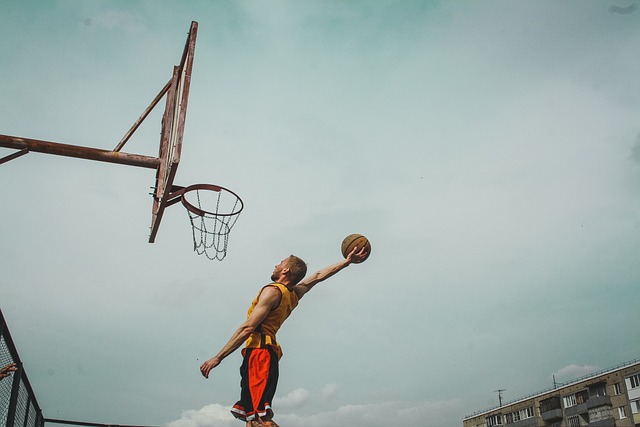
Weak Side Defenders And Their Main Objective
Weak side defenders are any off-ball defenders who are on the weak side across from the ball, and their main goal is to support the strong side on-ball defender with help defense to restrict or prevent offensive scoring opportunities.
Furthermore, when the ball is on the strong side of the court, weak side defenders are typically more than one pass away from it.
In other words, any weak side defenders near the left side wing or left side corner would be considered at least two passes away from the ball if the ball is on the right side of the court, particularly near the right side wing or corner.
Read about What Does Brick Mean In Basketball?
Teaching Weak Side Help
Shell Drill
To teach all defensive players the proper position for a variety of offensive movement and position, this drill should be run for five minutes EACH PRACTICE for every player on the team.
As in a standard spread motion offense, position yourself with five offensive players evenly spaced out about five feet outside the three-point line. Ensure that all of the offensive players are wearing pinnies to set them apart from the defense. Each offensive player should be paired with a defensive player.
The defensive player nearest the ball plays a typical man-to-man defense on his player with the ball at the top of the key, but the defender positions himself to force the ball to one side or the other to create a strong and a weak side. The middle is the strongest offensive position, so the defense aims to set up a weak side help situation.
If One Pass Away, Deny Pass
The two defenders whose players are closest to the ball (one pass away) play very closely to their man in a deny defense and have one arm in the passing lane trying to prevent the pass to that player. Their body is in a good aggressive defensive position, and their head is slightly turned to look at the ball and their man. These players are essentially attempting to block the pass to the wing and encourage their player to go backdoor. This requires the point guard to make a difficult inside pass, which could be lost or intercepted, or it could create the opportunity for a trap when the weak side help defender stops the ball.
If Two Passes Away, Two Feet In Paint
The other two defenders have BOTH FEET IN THE PAINT at a point nearest to the player they are defending, pointing with one arm at their offensive player and the other at the ball with their back always toward the baseline, being sure they can play effective help defense against a basket attack. When their man is along the baseline, they play lower in the paint than when their man is opposite the elbow. In the event that a wing goes backdoor or a dribbler attacks the basket, these players are positioned to provide weak side help. When that happens, the primary weak side help defender closest to the attack places their body between the ball and the basket, and the other weak side help defender covers the paint in case the dribbler gets past the initial defender or passes to another player. The offensive player who is open and needs to be covered by this rotation is typically the one the primary weak side defender has left.
Technique
Players on the ball and one pass away always play aggressive man to man DENY defense, while the other two players who are two or more passes away play in the paint to provide help against a dribble drive or back door cut. Since the four and five are logically the least likely to be proficient outside shooters, their defenders should almost always be on the weak side of the paint. Since their players are the obvious scorers who can both drive to the basket and shoot from outside, the 2 and 3 defense will be moving around the most. The 1 defender won’t likely move as much as the 2 and 3 defenders unless the point guard engages in a lot of back door cutting because the point guard typically tries to stay in the middle of the court running the offense and providing safety against a fast break.
If the weak side help defender does his job, denying the wing pass forces the point guard to dribble drive, make skip passes, or make back door passes, all of which require extreme precision and can result in numerous turnovers.
In the event that an offensive player attempts to back door, the defender tries to maintain contact and always turns into the ball side, using a reverse pivot, to keep eye contact with the ball, extends the inside arm to block a pass, and follows his player as closely as possible. Immediately set up a trap and make a determined effort to strip the ball if the pass is complete but the player is stopped by the weak side defender.
Coaching Position & Corrections During Drill
Both coaches instruct defensive players while one is positioned at the top of the key and the other is underneath the basket.
When they are supposed to be providing weak side help, some defensive players fail to respond to a dribble drive quickly enough. On a basket attack, they must recover from their starting position with two feet in the paint to a position in the paint in line between the ball and the basket and be ready to aggressively defend the basket, including taking a charge from a driving player. They must also keep a constant eye on the ball and their man.
When the ball is rotated away from the defensive players, they often become complacent and do not want to drop to the paint, which exposes weak points in the defense that can be exploited. When this concept is first presented, players want to follow their man out of the paint, even when they are two or more passes away because “man to man” has been ingrained in them. To make sure that players understand their proper position in the defense, coaches must repeatedly position them correctly.
Final Words
If you have any questions, please leave a comment.
I appreciate your reading.
Read about:
